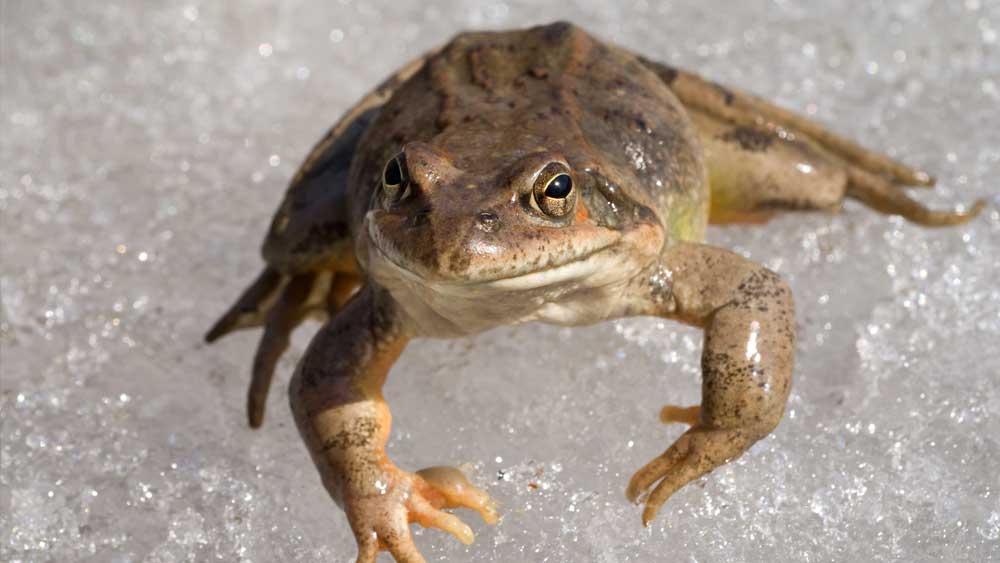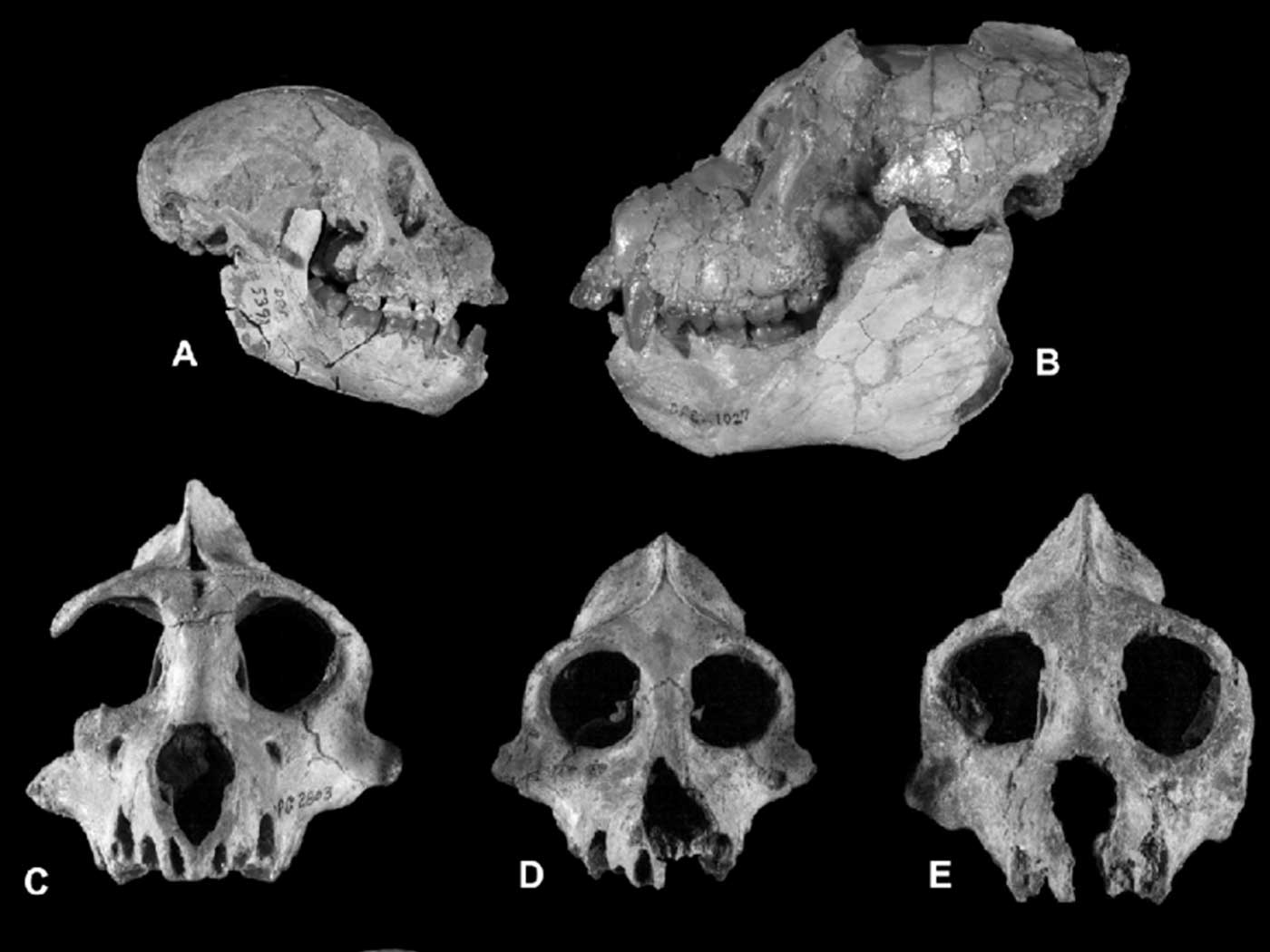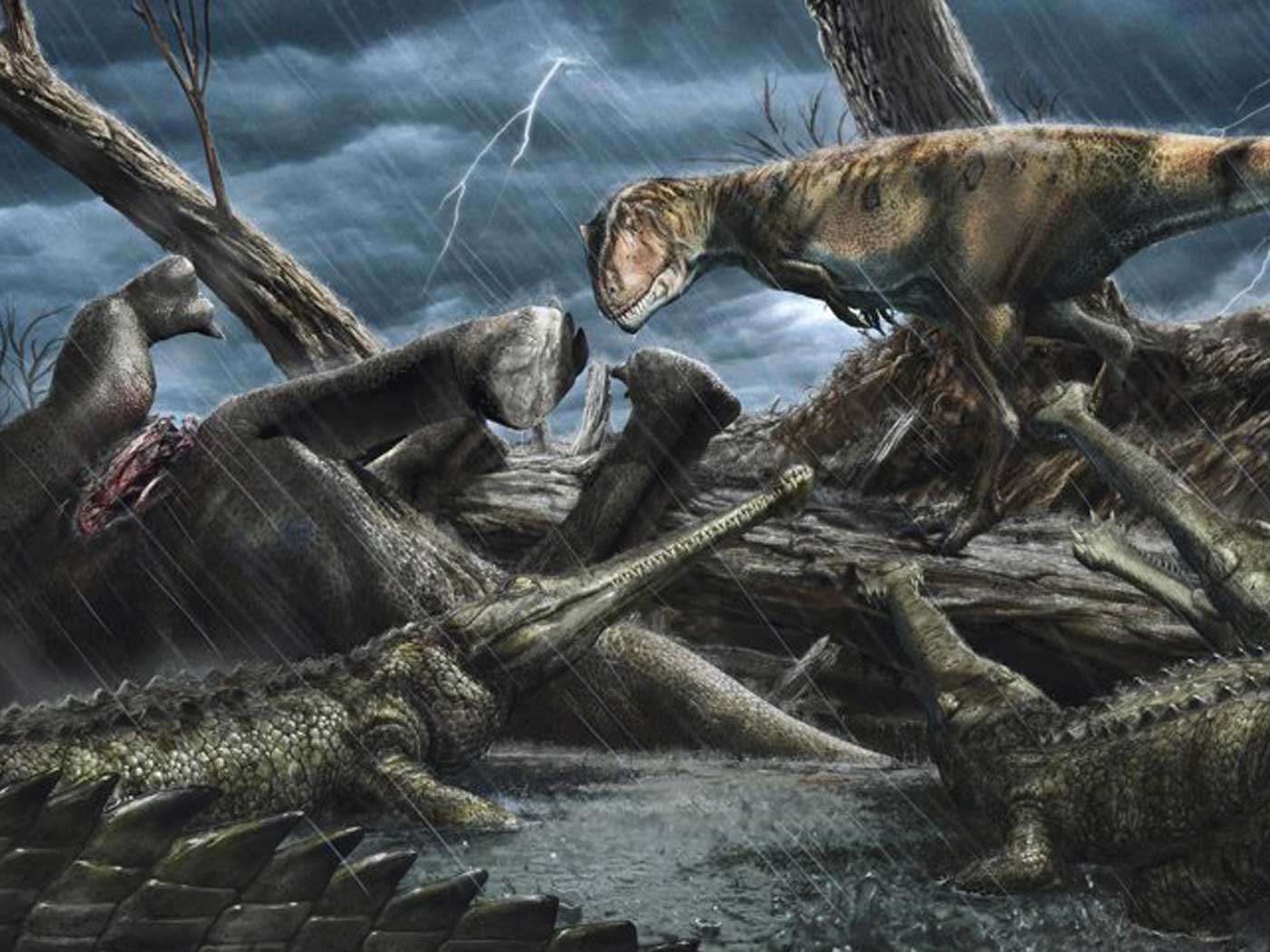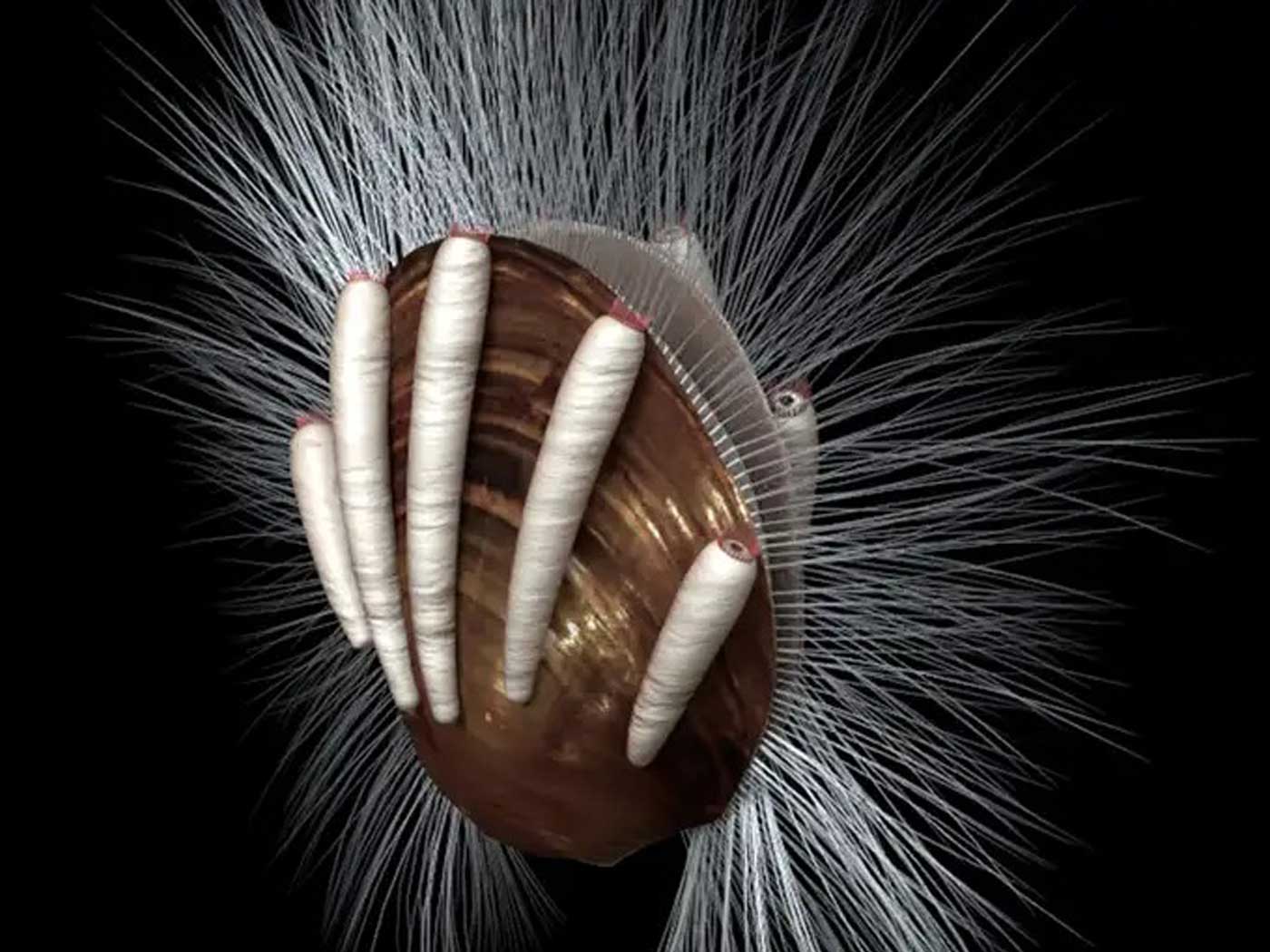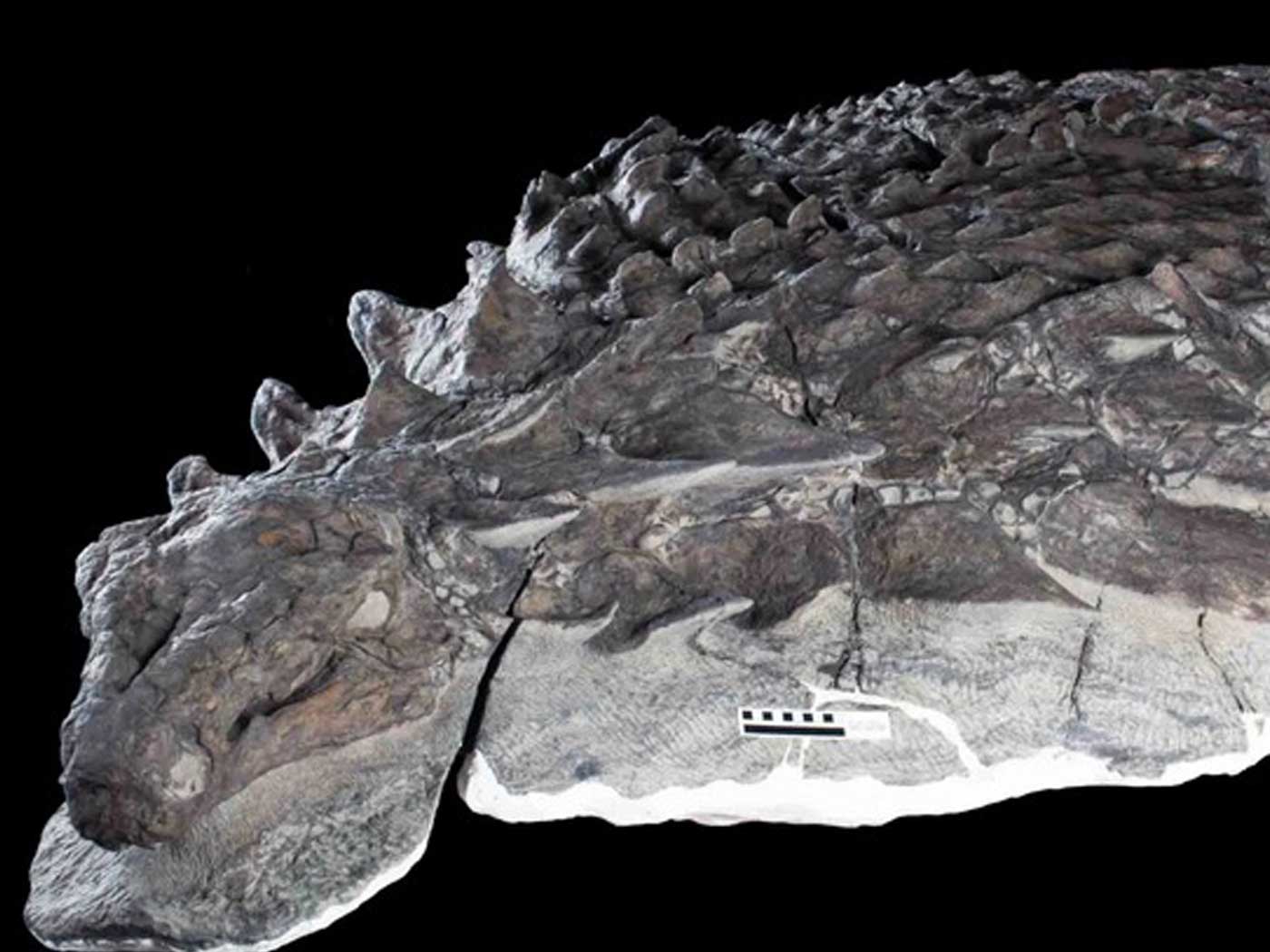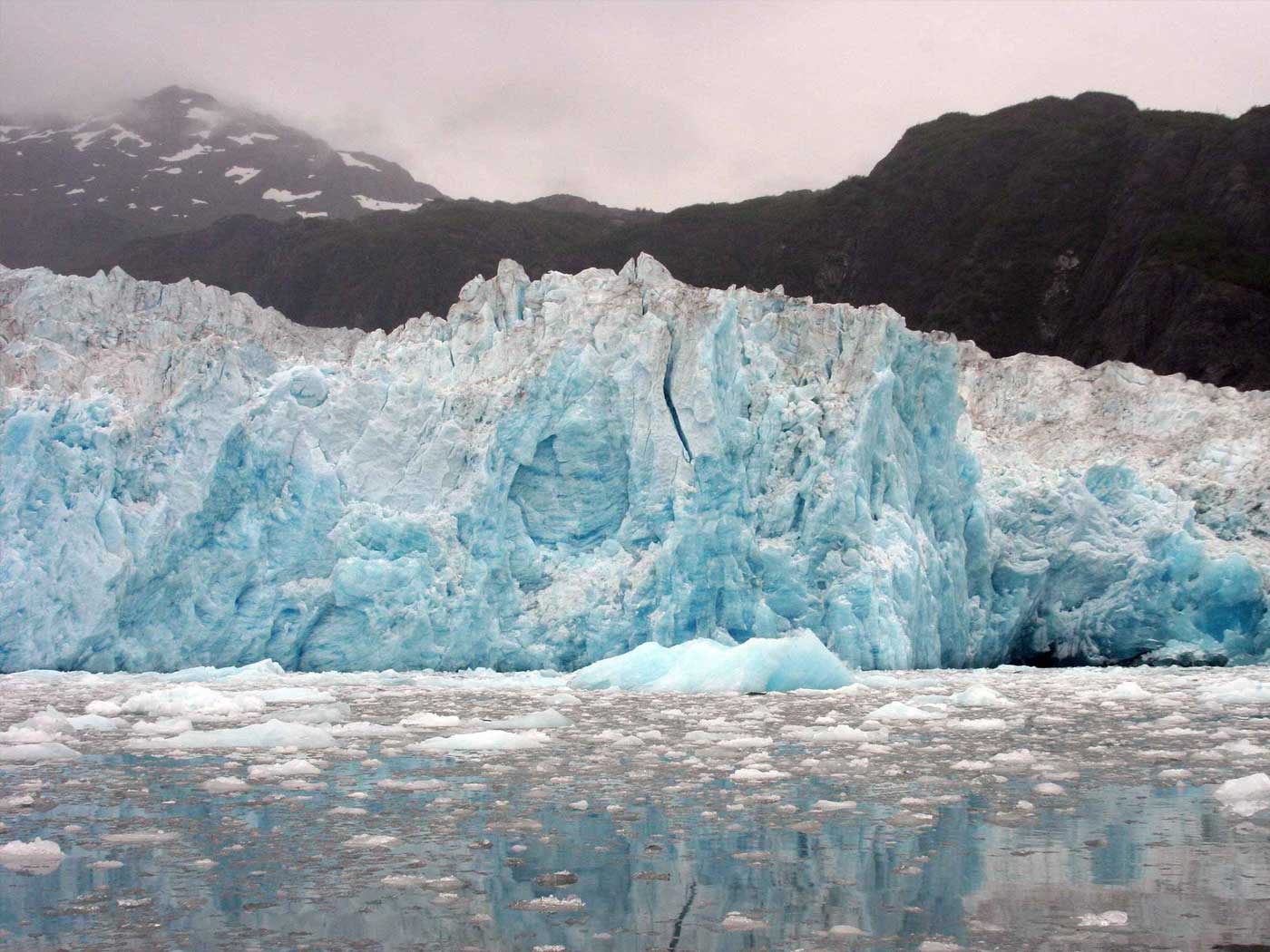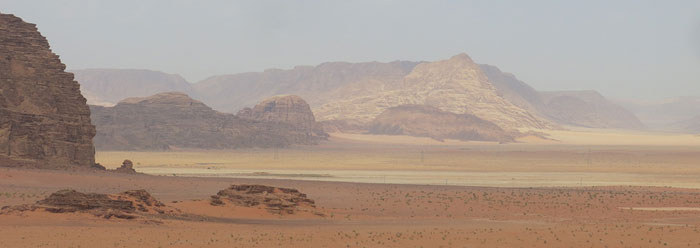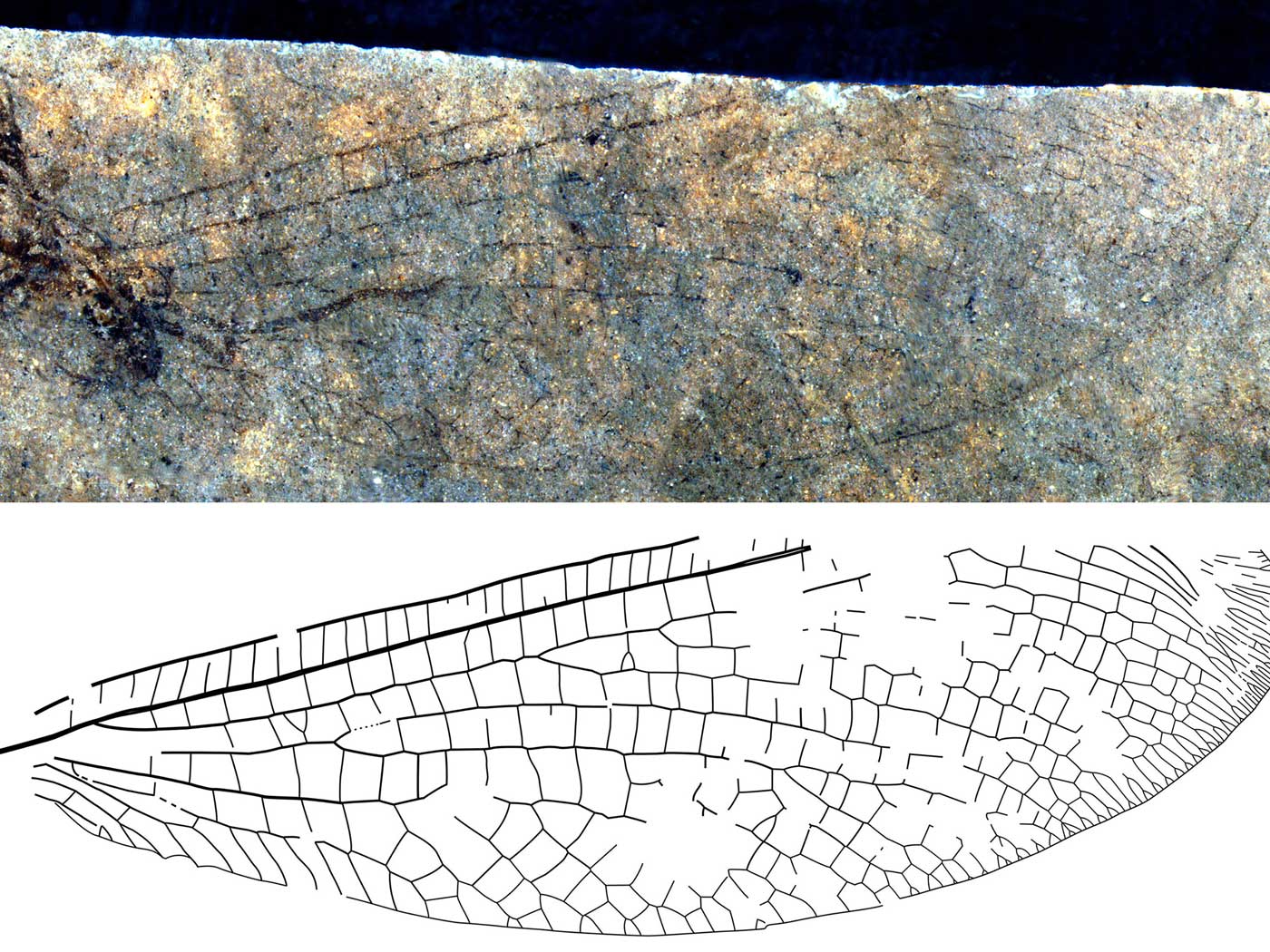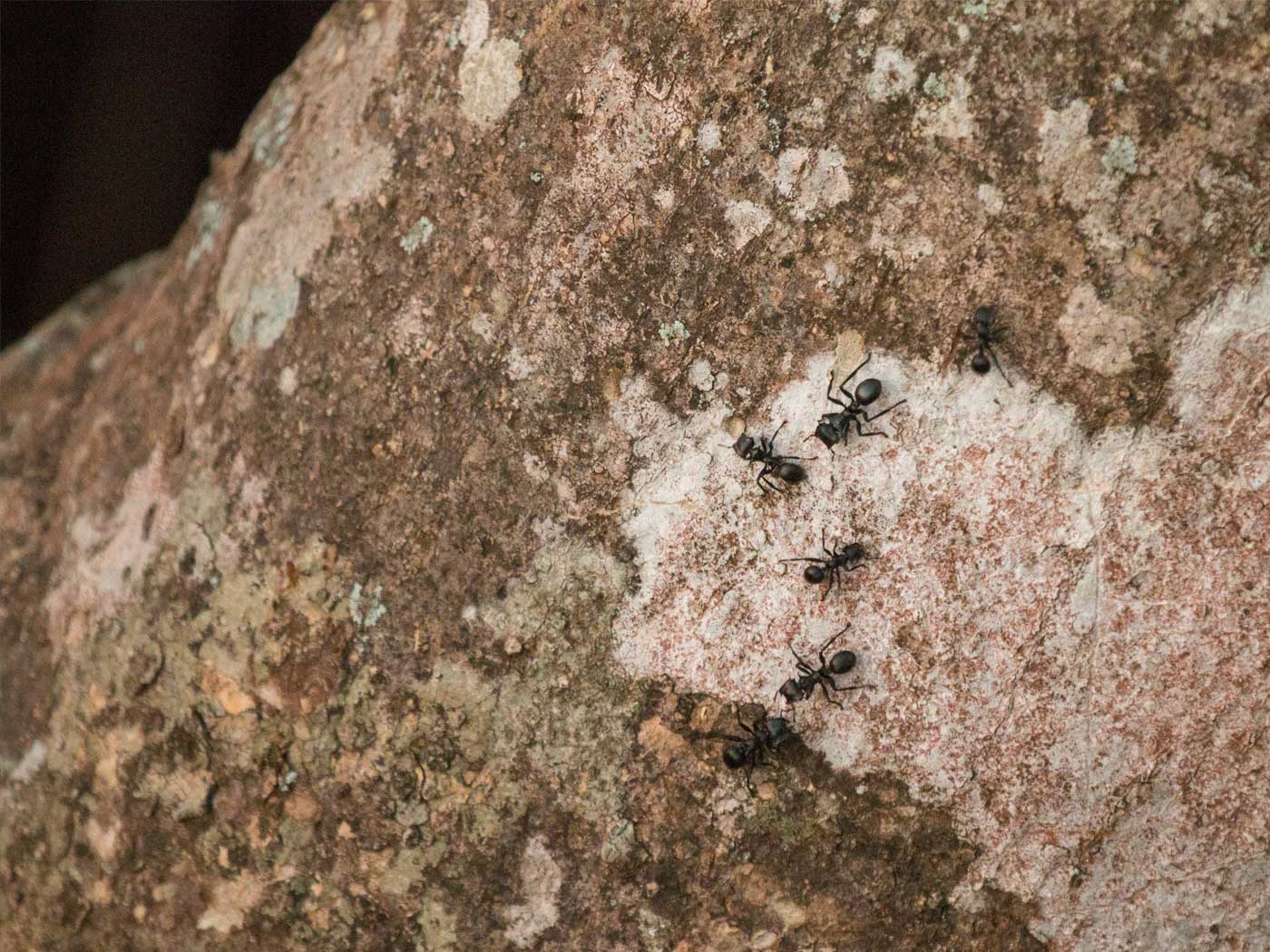In April a Swedish paleontologist, Dr. Thomas Mörs of Stockholm’s Naturhistorika Riksmuseet (Royal Museum of Natural History), published the first report of fossilized frog bones ever found in Antarctica. He reported finding “a fossil ilium,” which is an outer pelvic bone, and “an ornamented skull bone” from a family of frogs called “helmeted frogs,” typically found in South America.1 Along with these fossils, the team found water lily seeds, shark teeth, and ray teeth.2
This was truly a valuable discovery. The New York Times reported on the excitement and circumstances surrounding the fossil find.
When I was going through samples and I saw this, I said: “Wow! That’s a frog!” said Dr. Mörs, a vertebrate paleontologist at the Swedish Museum of Natural History who led the team of researchers that announced the find Thursday [April 23, 2020] in Scientific Reports. “I knew nothing like this was known from Antarctica. It’s exciting.”2
What were warmth-dependent frogs doing in Antarctica’s frozen snow-blasted wasteland? Empirical studies show that frogs need climates much milder than the polar snow and ice that today dominates Antarctica—they need temperate or tropical habitats, like jungles, swamps, grasslands, or wet woods.3, 4 Earth’s climate history must have been very different whenever that little helmeted frog hopped about in Antarctica. Reuters reports,
Antarctica’s climate at the time resembled the modern-day Valdivian rainforest in Chile, very wet with temperatures during the warmest months averaging about 57 degrees Fahrenheit (14 degrees Celsius). Earth’s southernmost continent boasted an abundance of plant and animal life before becoming a frozen wasteland, with numerous dinosaurs previously identified along with flora including conifers, ferns and flowering plants.5
That is an awkward fact for those who employ uniformitarian assumptions when dramatically speculating about climate change—but you can’t have it both ways:
either Earth’s climate history has been predictably “uniform” (so much so that global temperature-over-time charts can be validly extrapolated backwards and forwards)
or Earth has experienced drastic climate changes in the ancient past (such as before and after the Genesis Flood), so that global climate change extrapolation projections (backwards or forwards) are unreliable.6
or Earth has experienced drastic climate changes in the ancient past (such as before and after the Genesis Flood), so that global climate change extrapolation projections (backwards or forwards) are unreliable.6
The notion that Earth can be a lot warmer is not so scary if we realize that in ancient times Earth was biologically productive due to milder climates.7
Dr. Mörs estimated that the fossilized frog bones are 40 million years old, but how did he arrive at that conclusion? Neither he nor his research teammates lived that long ago, so his inference about the Antarctic frog fossil’s age is not verified by a reliable eyewitness report.6, 8
The age speculation was based on the paleontologist’s assumption that if frog bone fossils are found within sediments that include dinosaur fossils, then the frog remains must be as old as the evolutionary age of dinosaurs.9 The frog bones were found in Eocene sediments, which contain dinosaur fossils.
Thus, because evolutionists assume that dinosaurs lived and died out about 65 or 66 million years ago, then any other animal remains found in dinosaur fossil-bearing sediments would seem to be just as old as the dinosaur fossils.9 Of course, estimating dinosaur bone fossils as 65 million years old, or older, is inescapably countered by the stubborn and frequent occurrences of recognizable soft tissues (blood cells, bone cells, collagen, DNA residues) inside dinosaur bones and cartilage!10
However, Dr. Mörs did not find the frog bone fossils close enough to dinosaurs to estimate the frog chronologies by the timeframes that evolutionists imagine for the “age of the dinosaurs”—rather, he pegged his guess as being about 40 million years ago, based on dinocysts (microfossil forms of dinoflagellates) found in the frog’s burial sand sediments.
Based on dinocyst occurrences, the age of this deposit [which yielded the fossilized helmet frog’s right ilium and skull bones] is considered to be about 40 Ma (Bartonian, Eocene).1
Ironically, dinoflagellates (the lifeforms that can become dinocysts) are deemed to have existed—according to evolution-based speculations11—from supposed eons before the “dinosaur age” and continuing right up to the present, so how can these microfossils be used to measure age?
Yet dinoflagellates have been buried and fossilized inside marine/coastal sediment contexts that only the Genesis Flood can explain.12
It’s also worth noting that these frog bone fossils show stasis, not evolutionary change. This means the ancient Antarctic frog looked like frogs that we can see today—so there is no Darwinian “transitional form” or saltational froggy evolution displayed here.13
The truth is, the very existence of any helmeted frog—as well as its fossilized bones—as found by Swedish-Argentinian researchers in Antarctica, is best explained by the Genesis Flood.6, 8, 10, 12, 13
References
1. Mörs, T., M. Reguero, and D. Vasilyan. 2020. First Fossil Frog from Antarctica: Implications for Eocene High Latitude Climate Conditions and Gondwanan Cosmopolitanism of Australobatrachia. Scientific Reports. 10: 5051.
2. Joel, L. 2020. Fossil Shows Cold-Blooded Frogs Lived on Warm Antarctica. New York Times. Posted on nytimes.com April 23, 2020, accessed April 25, 2020.
3. Kricher, J. C. 1993. A Field Guide to the Ecology of Western Forests. Boston, MA: Houghton Mifflin, 426.
4. Johnson, J. J. S. 1998. Introduction to Environmental Studies, an Interdisciplinary Analysis of Applied Ecology, Conservation Policy, and Environmental Ethics. Dallas, TX: LeTourneau University / NWQD Press, 46-47.
5. Dunham, W. Before Becoming Frozen Wasteland, Antarctica Was Home to Frogs. Reuters. Posted on reuters.com April 24, 2020, accessed April 25, 2020.
6. Genesis 2:6 and 8:22; 2 Peter 3:1-6. See Vardiman, L. 1992. Ice Cores and the Age of the Earth. Acts & Facts. 21 (4). See also Snelling, A. A. Stumped by Forests in Antarctica. Answers Magazine. January-February, 2019, 26-29.
7. Johnson, Introduction to Environmental Studies, 25-27, 39-55, especially 53-54.
8. Johnson, J. J. S. 2018. Viking Bones Contradict Carbon-14 Assumptions. Acts & Facts. 47 (5): 21. See also “Forensic Science Perspectives, for Creation Controversies, with Insights for Creation Science Educators,” presented by J. J. S. Johnson at the Creation Research Society Conference, Petersburg, Kentucky, August 9, 2014; 61 pages.
9. Morris, H. M. 1977. Circular Reasoning in Evolutionary Biology. Acts & Facts. 6 (6).
10. See Thomas, B. 2013. Triceratops Horn Soft Tissue Foils ‘Biofilm’ Explanation. Creation Science Update. Posted on icr.org March 18, 2013. See also Thomas, B. 2019. Over a Dozen More Dinosaur Soft Tissues. Creation Science Update. Posted on icr.org September 12, 2019, accessed April 25, 2020. See also Johnson, J. J. S. 2020. Disconcerting Duck-billed Dinosaur DNA. Acts & Facts. 49 (5): 21.
11. Brinkhuis, H. et al. 2006. Episodic Fresh Surface Waters in the Eocene Arctic Ocean. Nature. 441 (1): 606-609. See also Sluijs, A. et al. 2018. Single-species Dinoflagellate Cyst Carbon Isotope Ecology Across the Paleocene-Eocene Thermal Maximum. Geology. 46 (1): 79-82.
12. Sherwin, F. 2014. Ancient Whale Graveyard Points to Genesis Flood. Acts & Facts. 43 (5) :16.
13. As biologist Frank Sherwin has often observed, “Frogs have always been frogs.” See also Benton, M. 2015. Vertebrate Paleontology, 4th edition. Hoboken, NJ: Wiley Blackwell, 111.
*Dr. Johnson is Associate Professor of Apologetics and Chief Academic Officer at the Institute for Creation Research.




